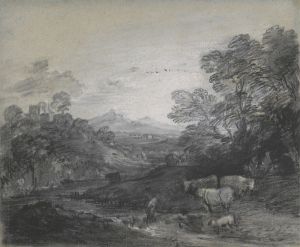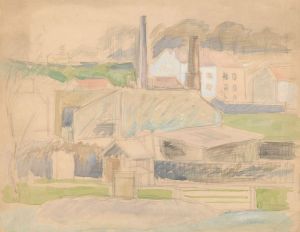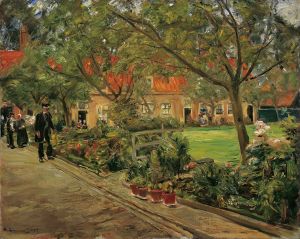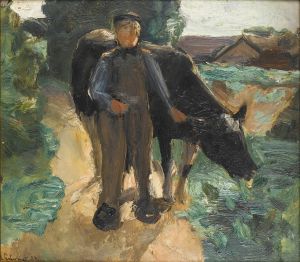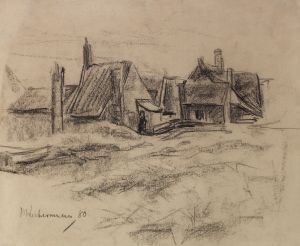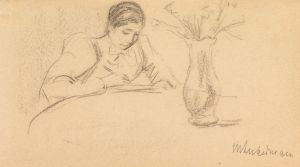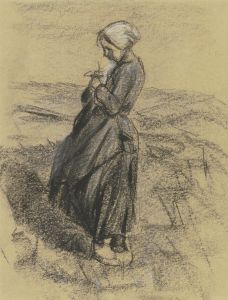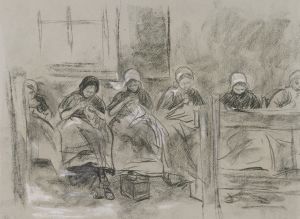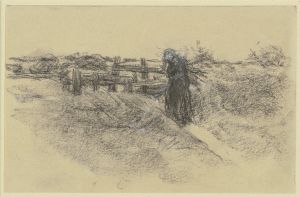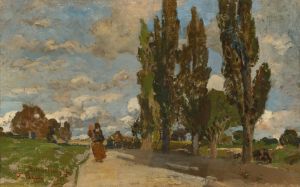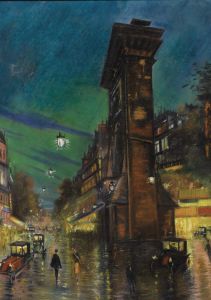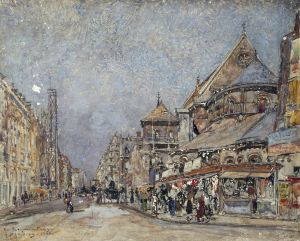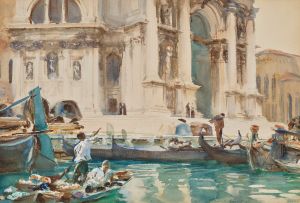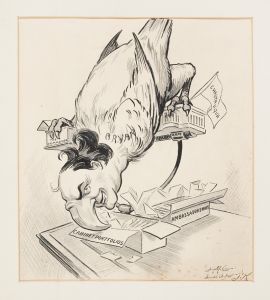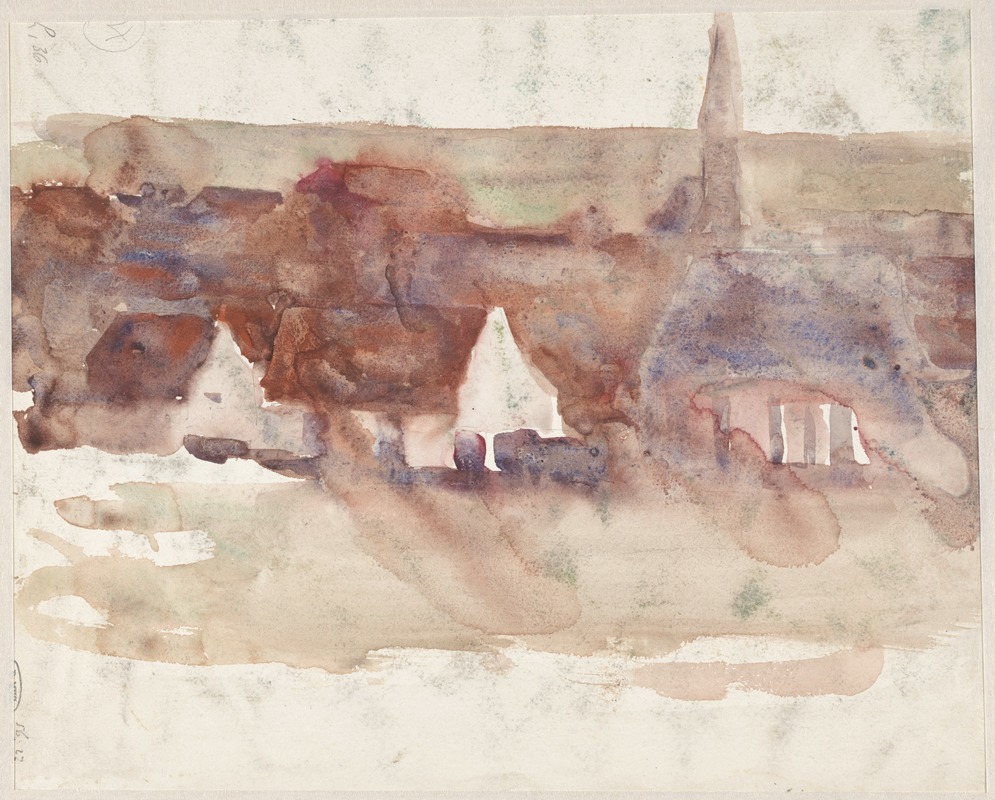
Schets van een stadsgezicht
A hand-painted replica of Max Liebermann’s masterpiece Schets van een stadsgezicht, meticulously crafted by professional artists to capture the true essence of the original. Each piece is created with museum-quality canvas and rare mineral pigments, carefully painted by experienced artists with delicate brushstrokes and rich, layered colors to perfectly recreate the texture of the original artwork. Unlike machine-printed reproductions, this hand-painted version brings the painting to life, infused with the artist’s emotions and skill in every stroke. Whether for personal collection or home decoration, it instantly elevates the artistic atmosphere of any space.
Max Liebermann was a prominent German painter and printmaker, associated with the Impressionist movement. He was born on July 20, 1847, in Berlin, and became one of the leading figures in the art world during the late 19th and early 20th centuries. Liebermann's work is characterized by its loose brushwork, vibrant use of color, and an emphasis on capturing the effects of light, which are hallmarks of the Impressionist style.
"Schets van een stadsgezicht," which translates to "Sketch of a Cityscape," is one of Liebermann's works that reflects his interest in urban scenes and everyday life. Although specific details about this particular painting are limited, it is consistent with Liebermann's broader body of work, which often depicted scenes of city life, leisure activities, and the natural environment.
Liebermann's cityscapes typically capture the hustle and bustle of urban life, focusing on the interaction between people and their surroundings. His paintings often include figures engaged in various activities, set against the backdrop of city streets, parks, or buildings. The artist's ability to convey movement and atmosphere through his brushwork and composition is a testament to his skill and keen observation.
Throughout his career, Liebermann was influenced by the works of the French Impressionists, such as Édouard Manet and Edgar Degas. He was particularly drawn to their innovative approaches to capturing light and color, which he incorporated into his own work. Liebermann's travels to Paris and exposure to the French art scene played a significant role in shaping his artistic development.
In addition to his cityscapes, Liebermann is well-known for his depictions of rural life, portraits, and scenes of leisure. His work often reflects a sense of realism and attention to detail, combined with the Impressionist emphasis on capturing the fleeting moments of everyday life.
Max Liebermann was also an influential figure in the German art community. He served as the president of the Berlin Secession, an association of artists who sought to promote modern art and break away from the traditional academic standards of the time. Under his leadership, the Berlin Secession became a significant platform for contemporary artists to showcase their work.
Despite his success, Liebermann's career was not without challenges. As a Jewish artist in Germany, he faced increasing anti-Semitism, particularly during the rise of the Nazi regime. In 1933, he resigned from the Prussian Academy of Arts in protest against the Nazis' policies. Liebermann passed away on February 8, 1935, in Berlin, leaving behind a legacy as one of Germany's most important Impressionist painters.
While specific information about "Schets van een stadsgezicht" is limited, it can be appreciated as part of Max Liebermann's broader exploration of urban life and his contribution to the Impressionist movement. His work continues to be celebrated for its vibrant depiction of everyday scenes and its influence on modern art.





